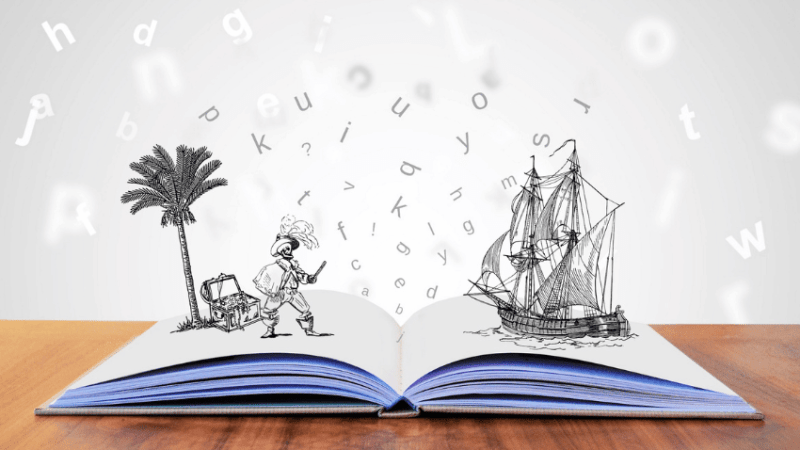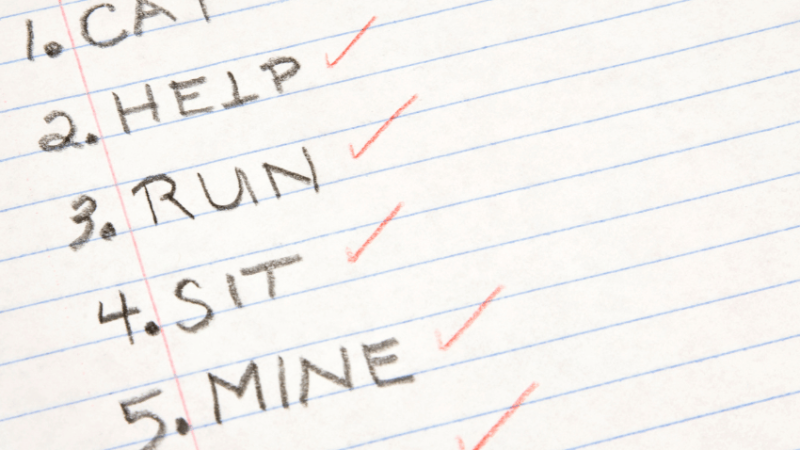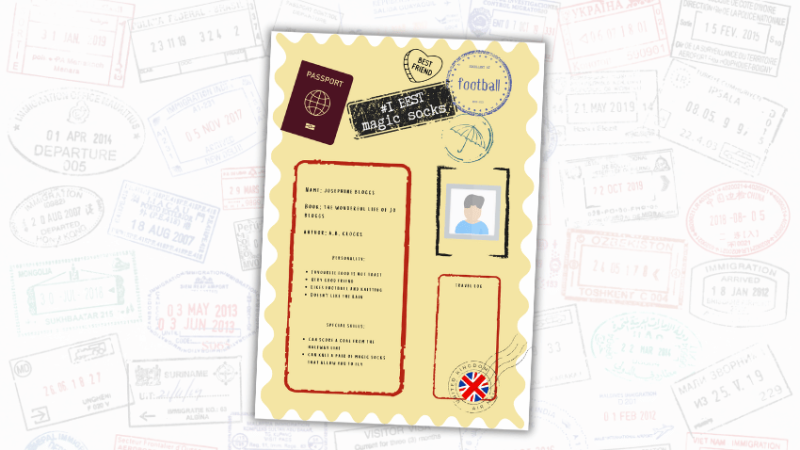Homophones KS2 – Examples, PowerPoints and worksheets
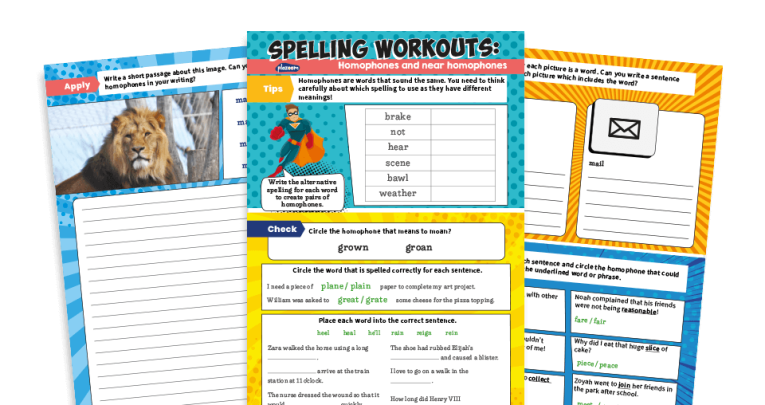
Does your primary class need help with words that sound the same but have different meanings? These SPaG worksheets, activities and ideas will have them separating their 'there' from their 'they're' in no time…

- by Teachwire
- Classroom expertise and free resources for teachers

What is a homophone?
Homophones are words that have identical pronunciation (or near identical) but that have a different meaning. They can have the same spelling or a different spelling. For example:
Examples
- there/their/they’re
- here/hear
- see/sea
- bare/bear
- one/won
- sun/son
- to/too/two
- be/bee
- blue/blew
- night/knight
- aisle/isle
- aloud/allowed
- altar/alter
- ascent/assent
- bridal/bridle
- cereal/serial
- practice/practise
- farther/father
- guessed/guest
- heard/herd
- morning/mourning
- past/passed
- descent/dissent
- draft/draught
- principal/principle
- profit/prophet
- stationary/stationery
- steal/steel
- who’s/whose
National Curriculum English programme of study links
Pupils should be taught to spell by distinguishing between homophones and near homophones.
Homophones KS2 resources
Examples PowerPoint
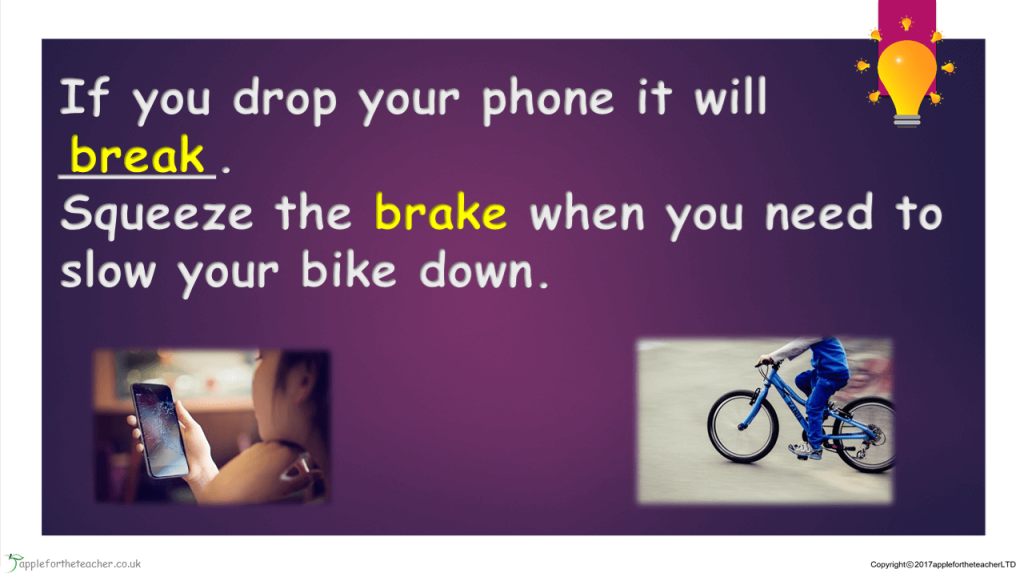
This free PowerPoint presentation provides great visual examples to help children in their understanding of what a homophone is and how a word which sounds the same can have other spellings and meanings. It is colourful, stimulating and encourages child interaction.
Year 3 and 4 homophone worksheets

These worksheets for Year 3 and 4 from literacy resources website Plazoom cover the rules of homophones, show children their uses, check their understanding and get them to apply their learning too. There are also challenge worksheets available to test their knowledge once you’ve finished.
There’s also a similar Year 2 resource.
Year 5 and 6 homophones worksheets
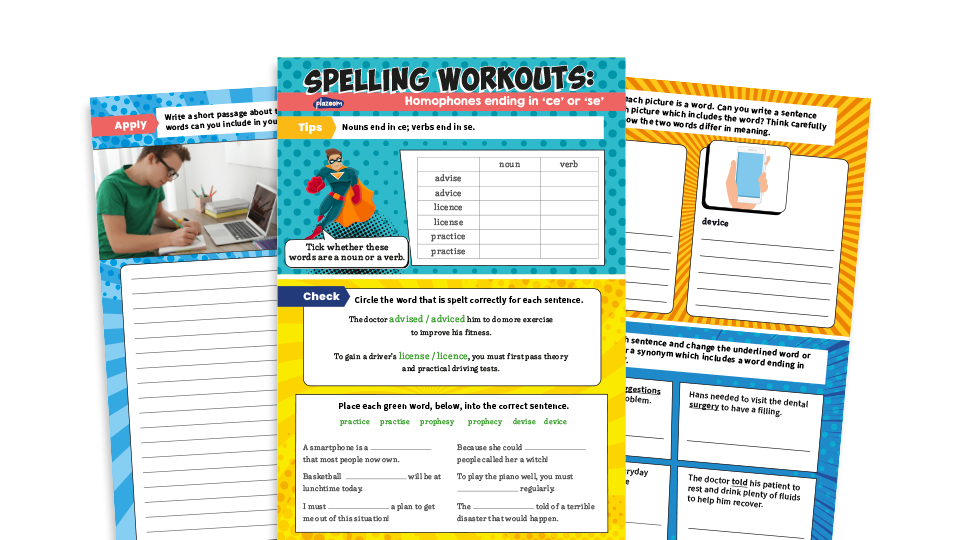
If you’re teaching upper-KS2, try Plazoom’s Y5/6 worksheets and challenge worksheets.
Spelling worksheets
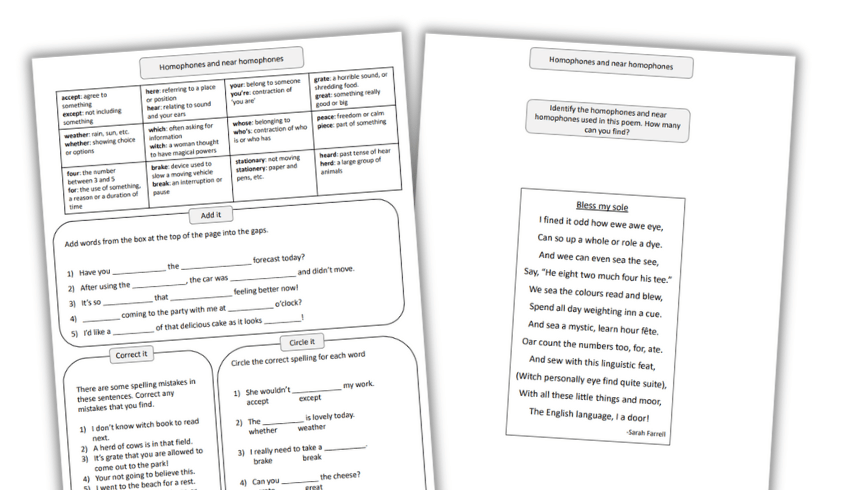
This free 100-page PDF features a huge number of spelling activities for KS2. One section focuses on homophones.
Pupils have to choose words from a list and add them into the given sentences. They also need to spot and correct spelling mistakes and circle the correct spellings for example sentences. Finally there’s a poetry exercise – how many homophones can children find?
Learn different homophones through jokes
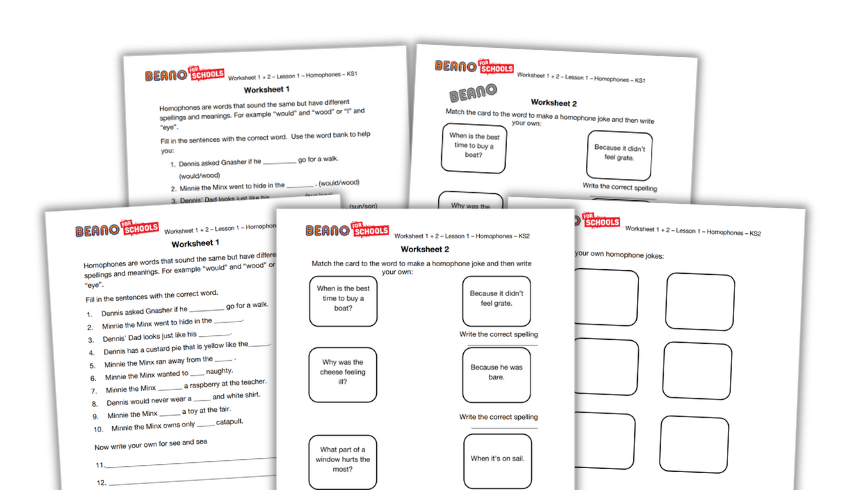
The Beano‘s SPaG LOLZ programme for primary schools covers six key spelling, punctuation and grammar topics with six curriculum-based lesson plans each for KS1 and KS2.
These lesson plans focus on joke-writing techniques taught through SPAG. They’re designed to help learners hone their comedy skills and inject some fun into literacy lessons.
The first lesson in the series focuses on homophones. Download a KS1 version and KS2 version. And here’s a homophone-based joke to get you groaning:
Did you hear about the farmer who sprayed his chickens with perfume? He couldn’t stand the fowl smell.
Make a Match grammar game
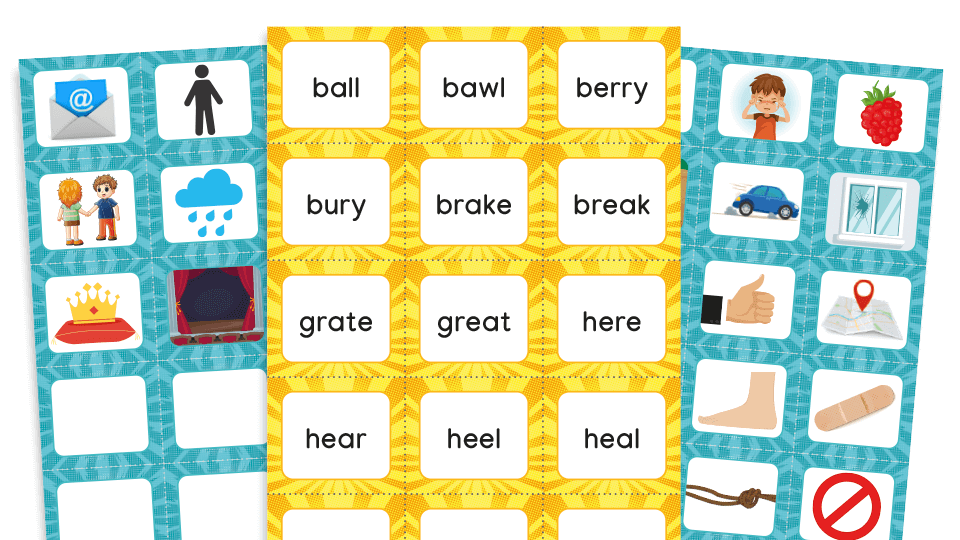
This make a match game for Year 3 and 4 pupils from Plazoom involves matching word cards to definitions and pictures. It will help children to expand their understanding of vocabulary.
Play it in small groups or as a class or use it in interventions to revisit key knowledge.
There’s also a Year 2 version.
SPaG test PowerPoint
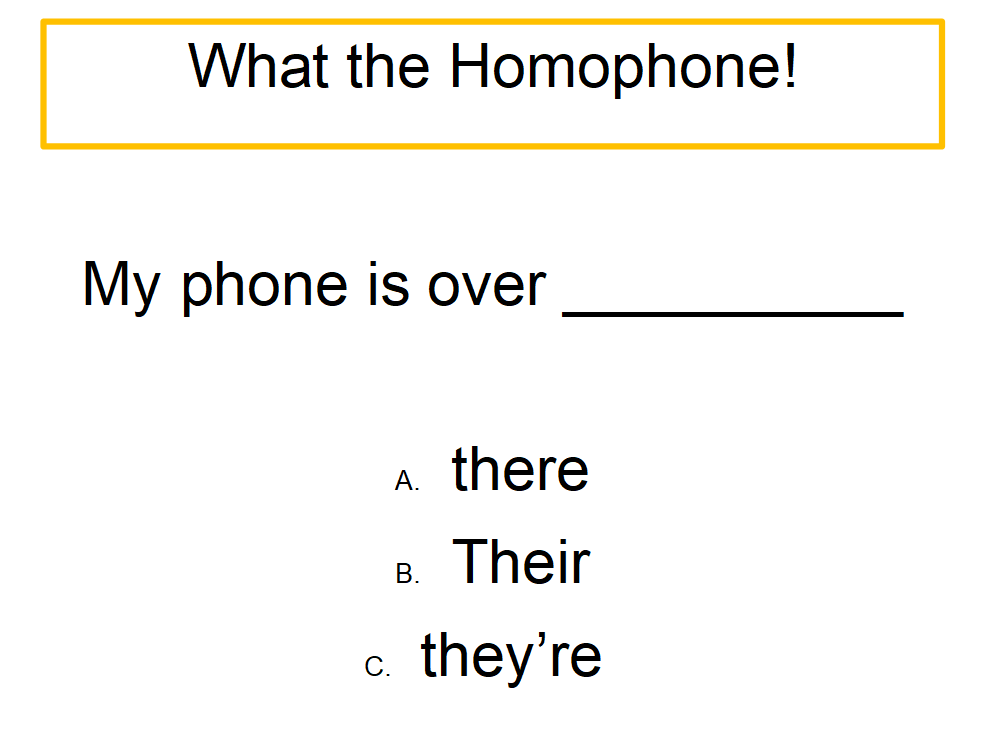
This PowerPoint file was designed as a baseline SPaG test for Year 7 students, but you can also use it for your Year 6s.
There are 32 slides covering spelling, punctuation and prepositions. This includes 12 slides of multiple choice homophone questions.
Spot the incorrect homophones
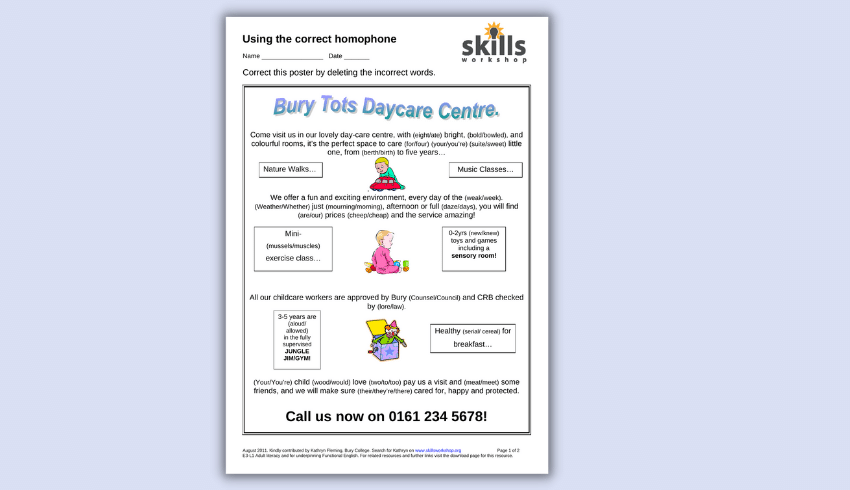
Find all the incorrect homophones in this poster for a daycare centre. The download contains a multiple choice version of the poster, and a version that only features the incorrect ones.
Homophone word mats
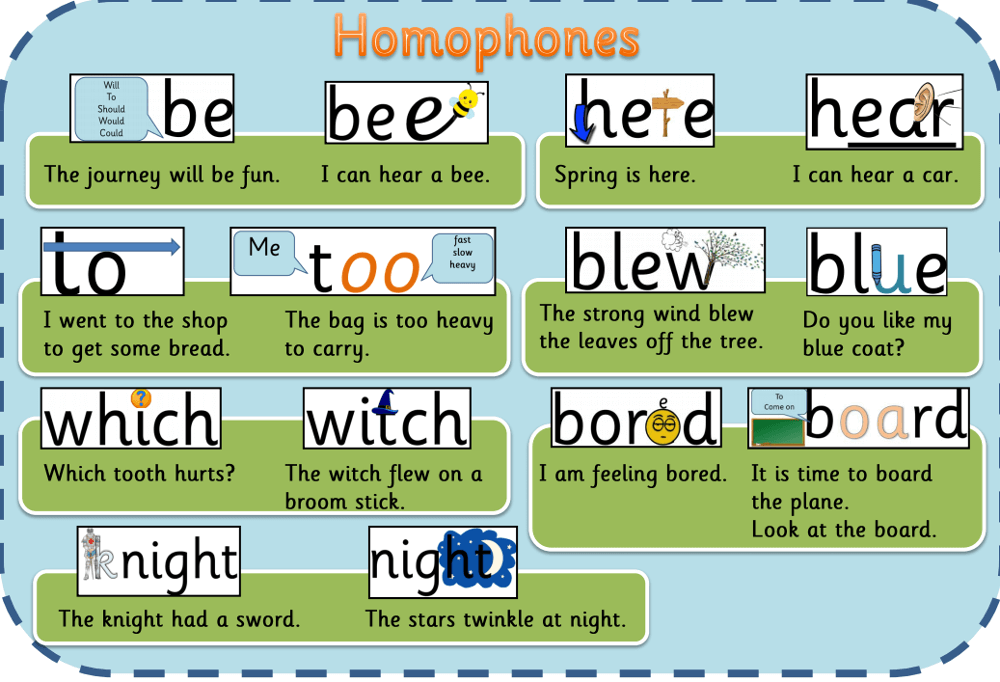
This PDF resource features three word mats for you to download. Download complementary flash cards here.
50 homophone puzzles
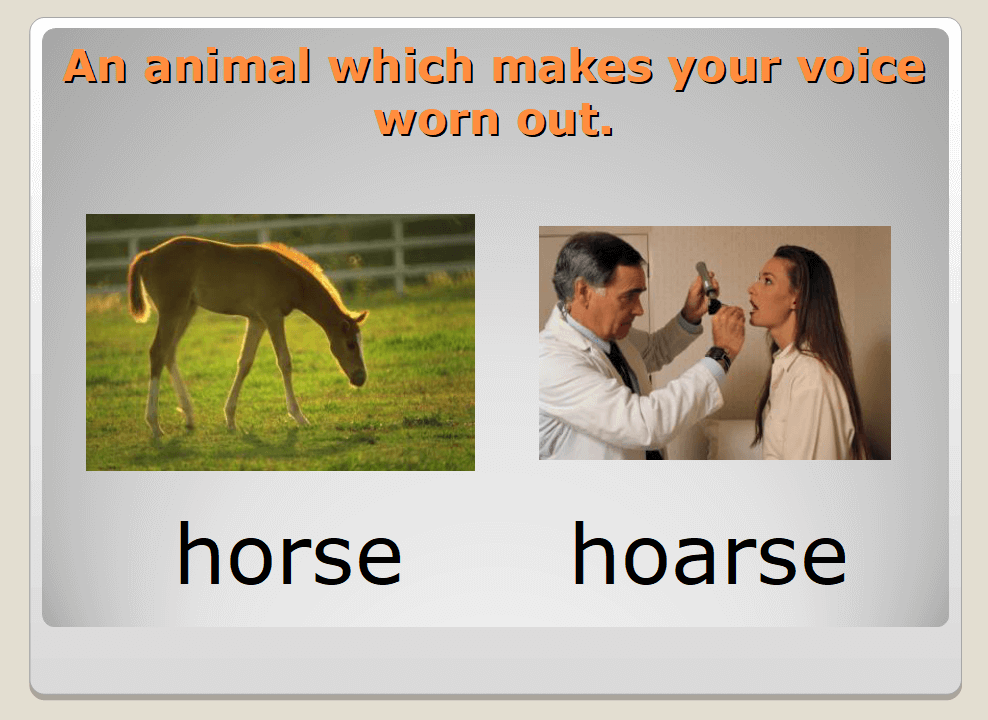
The ’50 homophones puzzles’ PowerPoint presentation on this page runs through 50 homophones by first giving clues like ‘the cat that joins’ for students to guess the homophone. It then gives picture clues (pictures of a lynx and some chain links, for example) before revealing the answer.
Browse more Year 5 and 6 spelling list resources, SPaG games and spelling worksheets.





